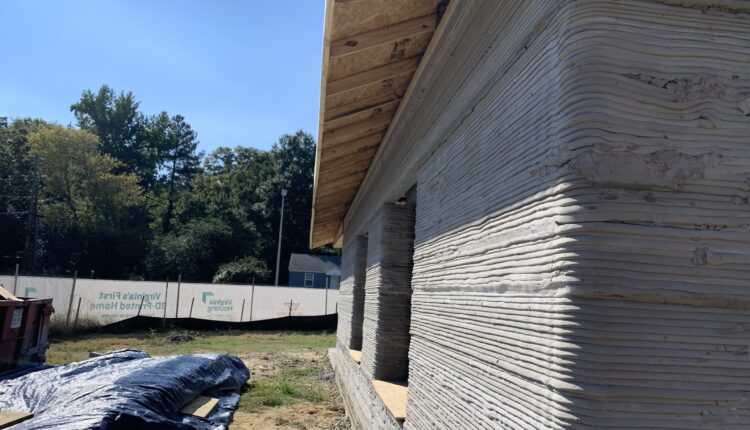
New tech and timber bring homes faster, cheaper
New homes rise in England, almost 200,000 built
UK- (Special Correspondent/Web desk) In Oxfordshire, massive AI-powered robot arms glide across a factory floor, crafting timber frames for houses. This blend of old material and new technology is changing how homes are built.
With a national target of 300,000 homes a year, many in the housing industry think robotics and sustainable timber could help tackle shortages of skilled workers and meet carbon-cutting goals.
Donaldson Timber Systems (DTS) makes timber-frame parts for houses and commercial buildings — walls, floors, and roofs — before sending them to builders for on-site assembly.
The company says its automated production lines make construction less labour-intensive and offer a quicker, cheaper, and greener alternative to bricks, stone, or concrete blocks.KP terrorist strikes kill four police, injure seven
Cheaper Than Traditional Materials
A study by Rider Levett Bucknall, a construction consultancy, found that building with timber is around 2.8% cheaper than using masonry.
Fast Factory Output
At DTS’s factory in Witney, near Oxford, designs are entered digitally with the help of artificial intelligence, cutting the need for paper drawings. The site produces enough timber panels for about 100 homes a week.
Robotics and laser technology allow the factory to create pre-assembled sections that builders can put together much faster on site. CEO Alex Goodfellow says this process can cut home construction time by about 10 weeks compared to traditional methods.
Barriers to Wider Use
Timber homes still face hurdles in England. Amit Patel from the Royal Institution of Chartered Surveyors says warranties can be harder to secure due to worries about timber’s durability.
Barratt Homes tried reviving timber use in the 1980s, but fears over rot and fire risks hurt sales. Today, the Structural Timber Association says building regulations and modern fire safety standards have addressed these issues.
Potential to Meet Housing Targets
Andrew Orriss from the Structural Timber Association believes off-site timber construction could supply around a third of the government’s target of 300,000 new homes a year — a level not seen since the 1970s.
Government data shows almost 200,000 new homes were built in England in 2023/24, including about 40,500 timber-frame homes.
Big Builders Back Timber
Major housebuilders are moving in. Vistry and Taylor Wimpey have opened, or plan to open, their own timber-frame factories. Bellway says a third of its homes will use timber by 2030.
Timber is praised for being environmentally friendly. Simon Park, head of sustainability at Bellway, says timber stores more carbon than it emits, while concrete blocks are the biggest carbon emitters among common building materials.
However, 80% of the UK’s timber is imported — mostly from Europe — compared to around 20% of bricks.
Mortgage access for timber homes can be tricky. Riz Malik, a mortgage broker, says this could improve if the government clearly backs timber construction.
Around 20% of UK construction workers are over 50, with a quarter of them expected to retire in the next decade.
In June, the government pledged £40 million for robotics hubs across sectors. But ING economist Maurice van Sante says Britain’s construction industry is still behind — with just 0.5 robots per 10,000 workers, compared to 1.5 in Europe.
Frank O’Reilly, DTS’s manufacturing director, says robotics not only fills labour gaps but also draws in younger, tech-minded workers.
“It encourages young people to consider this as a career,” he says.





Comments are closed, but trackbacks and pingbacks are open.